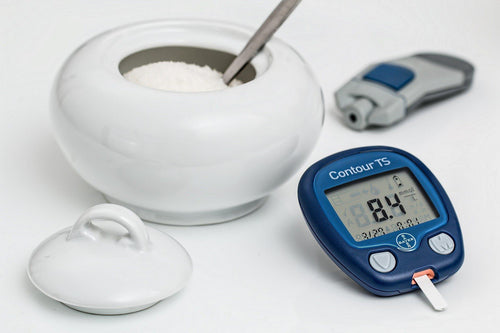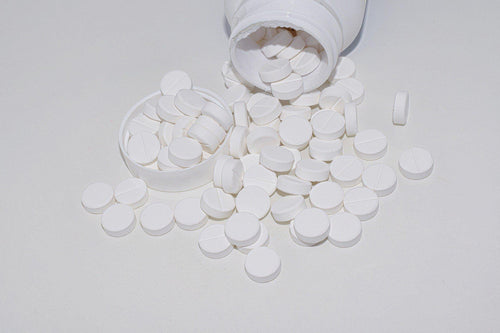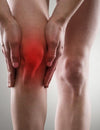The danger of oxidized cholesterol and how to avoid it. Maybe you have read that there is no reason to worry about cholesterol being high, because we need cholesterol, and there is no evidence that it will cause cardiovascular disease. There is however a lot of evidence showing the danger of certain types of cholesterol. Circulating oxidized LDL cholesterol was found to be associated with all stages of atherosclerosis, from early atherogenesis to hypertension, coronary and peripheral arterial disease, acute coronary syndromes and ischemic cerebral infarction (Trpkovic A, et.al., 2015).

A high waist circumference has been associated with high concentrations of oxidized LDL independently of body mass index (Weinbrenner T, et.al., 2006). What kind of foods contain oxidized cholesterol? Eight cholesterol oxides are commonly found in foods with high cholesterol content, such as meat, egg yolk and full fat dairy products (Savage GP, et.al., 2002). Certain procedures will also increase the oxidation of cholesterol. Heat, light, radiation, oxygen, moisture, low pH, certain pro-oxidizing agents and the storage of food at room temperature will increase the production of cholesterol oxides in foods. Pre-cooking, freeze-drying, dehydration and irradiation, have all been reported to result in increased production of cholesterol oxides in meats. These are methods used by the food industry to prevent bacterial contamination and to increase the shelf life of these products. How do you reduce your exposure to oxidized cholesterol? The most effective way is to avoid eating the food where oxidized cholesterol is found. References Savage GP1, Dutta PC, Rodriguez-Estrada MT. Cholesterol oxides: their occurrence and methods to prevent their generation in foods. Asia Pac J Clin Nutr. 2002;11(1):72-8. Trpkovic A, Resanovic I, Stanimirovic J, Radak D, Mousa SA, Cenic-Milosevic D, Jevremovic D, Isenovic ER. Oxidized low-density lipoprotein as a biomarker of cardiovascular diseases. Crit Rev Clin Lab Sci. 2015;52(2):70-85. Weinbrenner T, Schröder H, Escurriol V, Fito M, Elosua R, Vila J, Marrugat J, Covas MI. Circulating oxidized LDL is associated with increased waist circumference independent of body mass index in men and women. Am J Clin Nutr. 2006 Jan;83(1):30-5; quiz 181-2.

Learn to Eat Program
Based on the most effective scientific strategies, this program was created to help you reduce inflammation and feel great.







